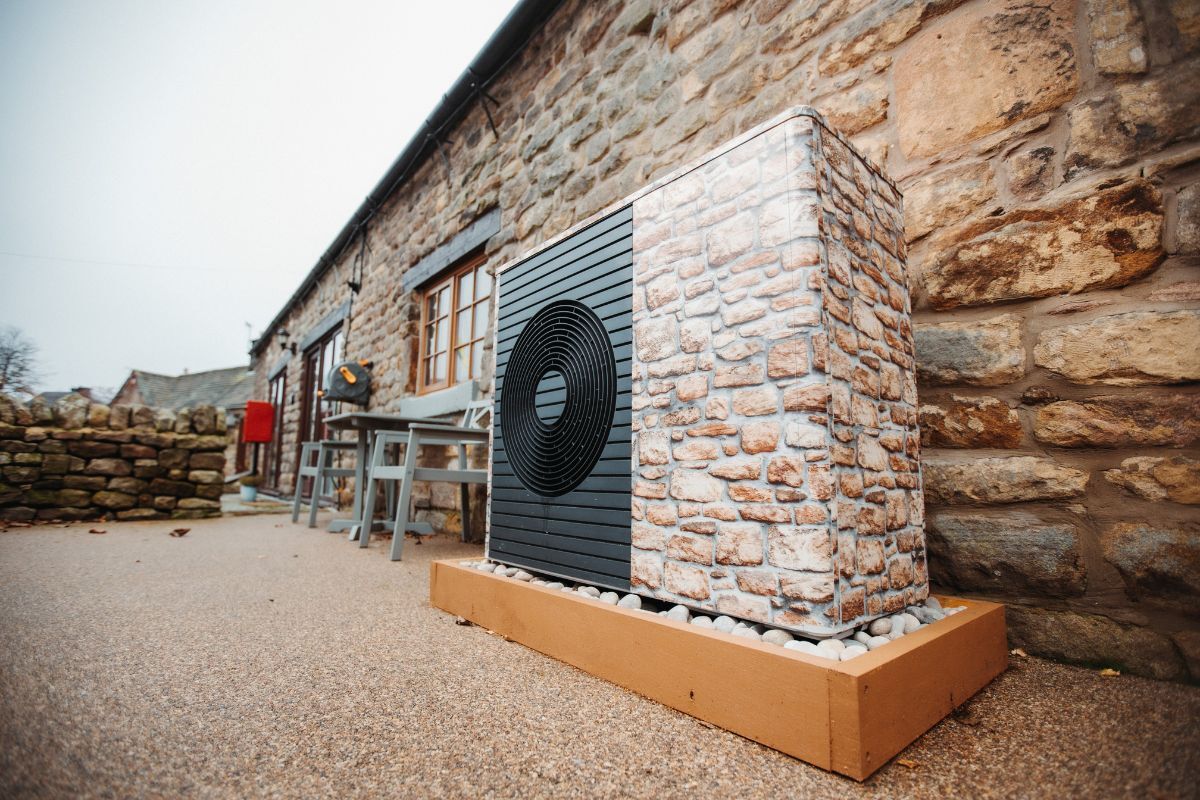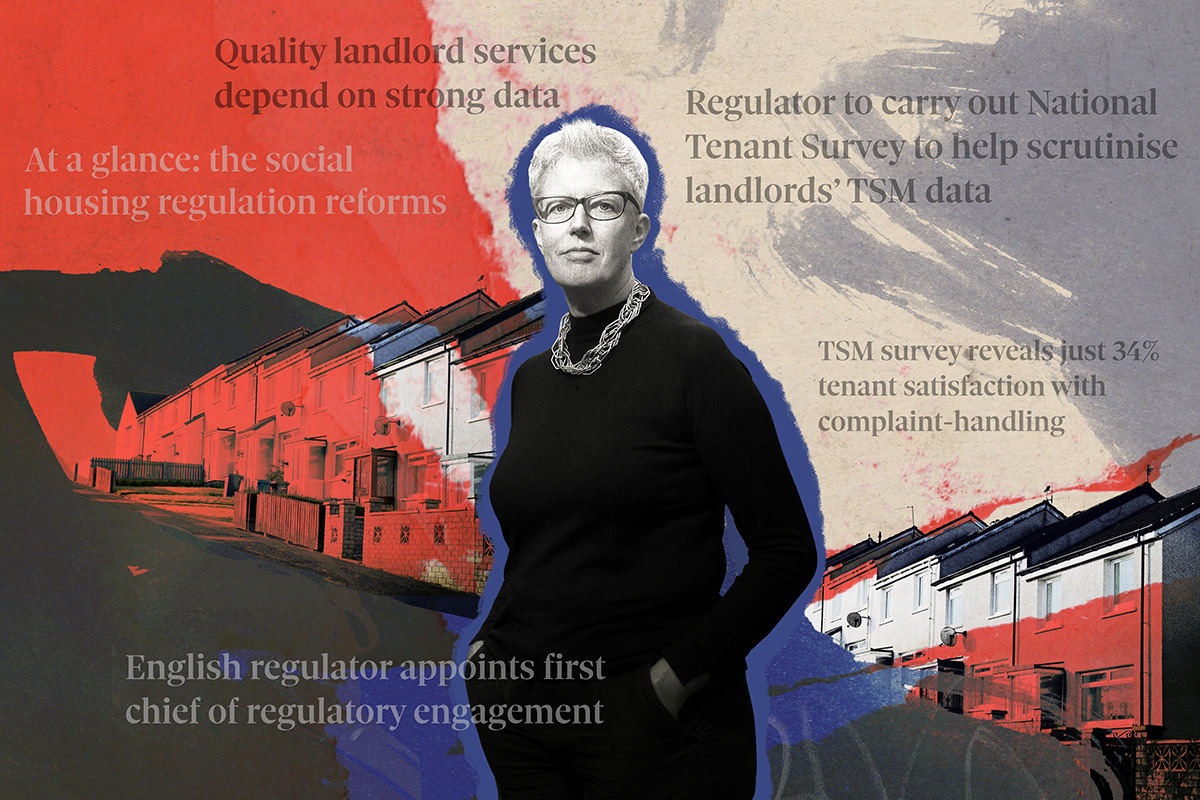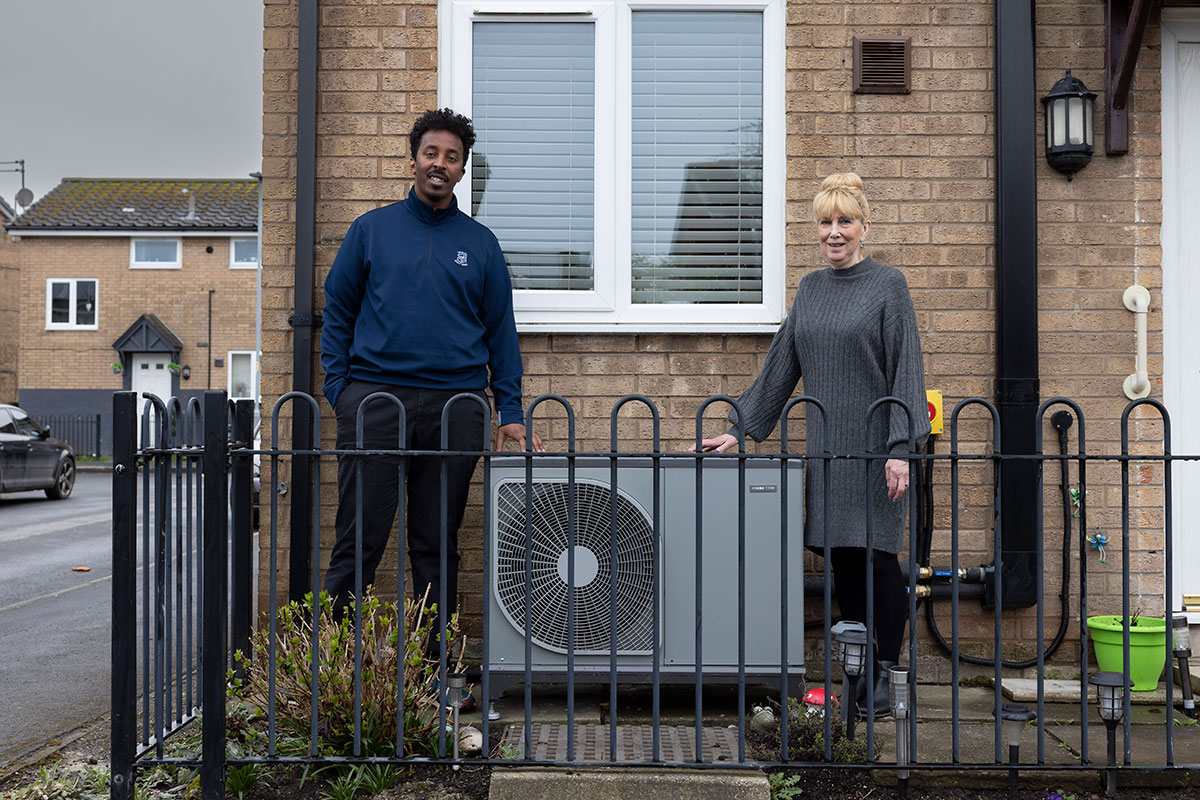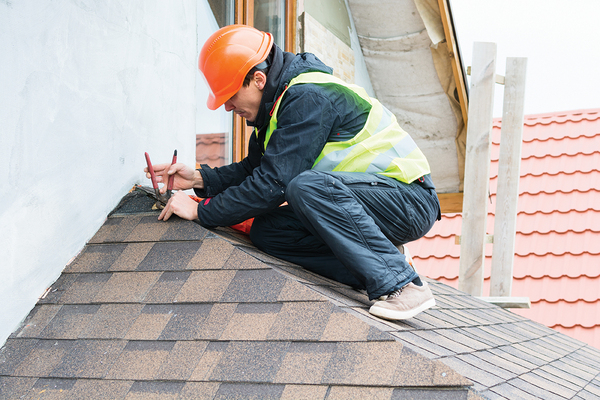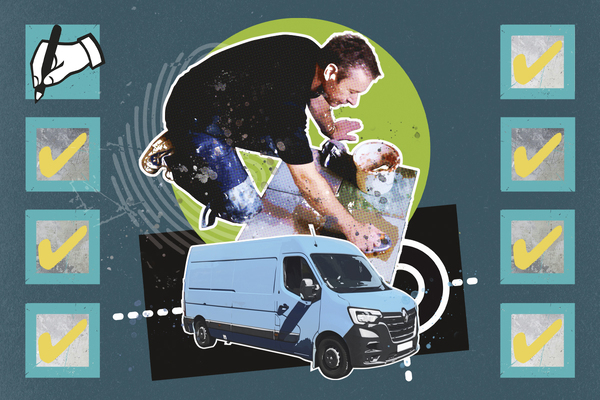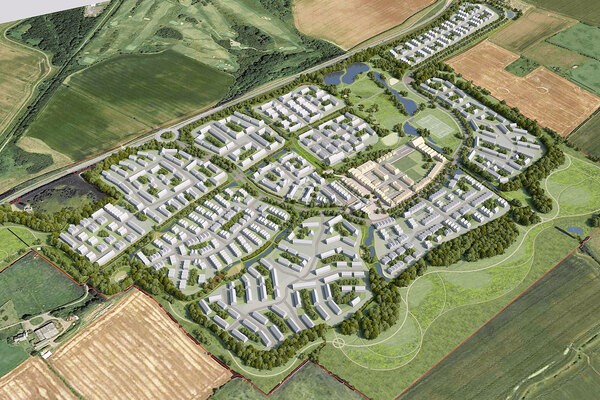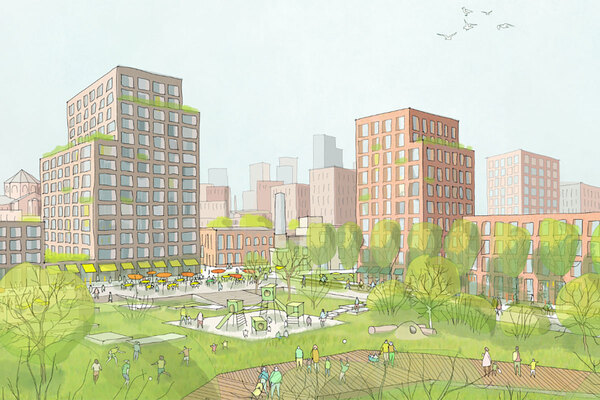
Nicholas Harrington is a researcher at the UK Collaborative Centre for Housing Evidence
Will increasing the Boiler Upgrade Scheme boost heat pump installations?
Upfront cost may not be the biggest thing holding back the adoption of heat pumps, writes Nicholas Harrington
In September, prime minister Rishi Sunak announced that the Boiler Upgrade Scheme (BUS) payment would increase from £5,000 to £7,500 for air-source heat pumps and from £6,000 to £7,500 for ground-source heat pumps.
Boosting the grant by 50% is a genuine effort at remedying the lacklustre roll-out of heat pumps across the UK – a technology which is seen as the cornerstone of the government’s efforts to decarbonise domestic heating. Although there were 30,000 BUS grants on offer in the scheme’s first year (23rd May 2022 to 31st March 2023), the government only issued 11,998 vouchers – less than half the number available.
The question is, will increasing the grant make a difference?
Providing an answer requires us to understand what has been holding the adoption of heat pumps back across the UK over the past few years. Is it accurate to say there are tens of thousands of eager homeowners looking to install heat pumps that are short £2,500? In other words, is it simply an issue of upfront cost?
Research undertaken by CaCHE this year suggests the situation is far more complicated. Indeed, the issue of cost is multidimensional. On the one hand, there are upfront costs associated with the heat pump unit and its installation to consider – £12,000 to £15,000 inclusive of system design and installation.
On the other hand, the issue of ongoing running costs associated with heat pump adoption also features in homeowner decision-making.
Because electricity is considerably more expensive than gas in the UK (as much as three times more), if a heat pump isn’t performing to the manufacturer’s specification – a seasonal coefficient of performance (SCOP) around 3.0) – running a heat pump can become more costly than heating your home with gas. And because most homeowners would like their heating costs to remain relatively stable, they prefer their heat pumps to perform to the manufacturer’s specifications.
“Applicants must either have ready funds to pay the balance of the installation costs, or the capacity to pay increased heating bills”
Unfortunately, for some homeowners, this means additional fabric upgrades to ensure the necessary levels of airtightness and a low U-value (rate of heat loss).
Many homeowners, therefore, are faced with something of a dilemma: they can either pay between £15,000 to £25,000 for a heat pump unit, its installation, heating system design and fabric upgrades so their heating costs remain the same, or they can pay £12,000 to £15,000 and attract heating bills that might be 10% to 40% more expensive on an ongoing basis.
Now, many homeowners should be willing to pay a little more for their heating costs to help the country reach net zero.
According to the Office for National Statistics (ONS), 8% of UK households have gross annual incomes above £100,000. However, it is also true that around 45% of UK households have gross annual incomes below £31,200. Given the dilemma described above, one wonders if homeowners who fall into the latter category would be moved to install a heat pump when confronted with those two options and a rebate of £7,500.
Returning now to the issue of the increased BUS grant: how impactful will the additional £2,500 be in turning the tide on installations?
Research suggests three categories of homeowners might immediately benefit from the £7,500 grant:
- Type A – they have ready funds to cover the balance of typical upfront heat pump installation costs (around £4,500 to £7,500) and they reside in a property that is airtight, well-insulated and has low U-values. That is to say, something built in the past 20 years or an older property that undertook a retrofit
- Type B – they have ready funds to cover the balance of the upfront installation costs and heating system and fabric upgrades (around £7,500 to £17,500) and they reside in a property that is not airtight and has high U-values
- Type C – they have ready funds to cover the balance of the upfront installation costs (around £4,500 to £7,500), they have the financial capacity to pay 10% to 40% more for their heating, and they reside in a property that is not airtight and has high U-values
From our research, it is clear, therefore, that there is something of a barrier to entry to take advantage of the BUS grant. Applicants must either have ready funds to pay the balance of the installation costs, or the capacity to pay increased heating bills. While there are certainly homeowners who fall within these parameters, there are many more who do not.
All the increase to the BUS grant does is somewhat expand these categories, but the increase is likely to be modest without efforts to address the other cost barriers.
Nicholas Harrington, researcher, UK Collaborative Centre for Housing Evidence
Sign up for our asset management newsletter
Already have an account? Click here to manage your newsletters
